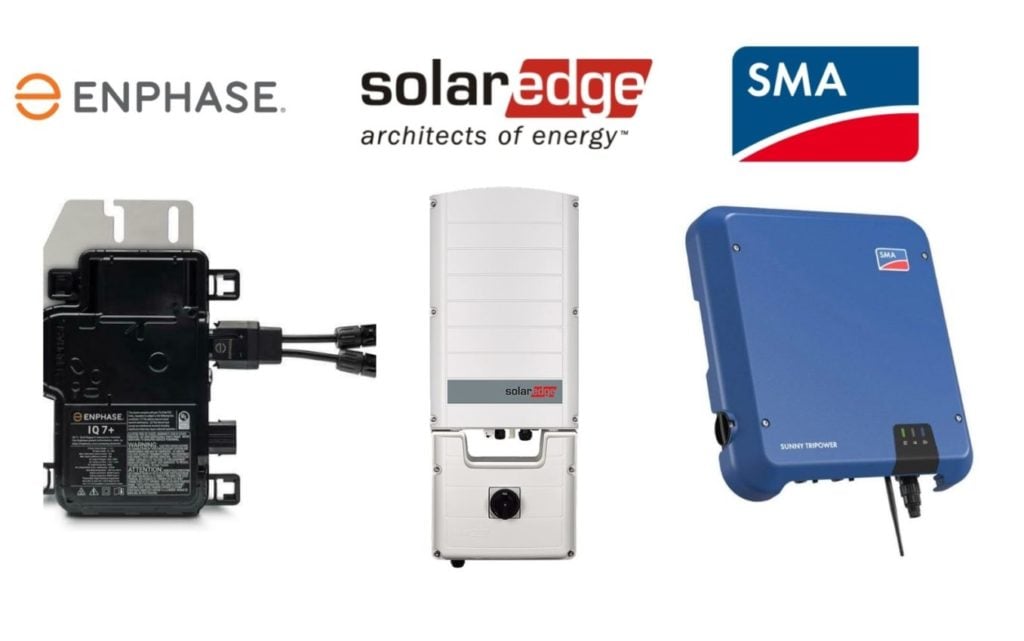
Introduction Solar energy has become a cornerstone of sustainable power generation, and at the heart of every solar panel system lies an unsung hero: the solar inverter. This essential component plays a crucial role in transforming the sun’s energy into usable electricity, enabling homeowners, businesses, and industries to harness renewable energy efficiently. This blog delves into the workings of solar inverters, their importance in solar systems, the different types available, and the future of inverter technology.
What is a Solar Inverter? A solar inverter is a pivotal device in any solar energy system. It converts the direct current (DC) output generated by solar panels into alternating current (AC), the type of electricity used by home appliances, industrial machinery, and the grid. Without inverters, the energy produced by solar panels would be incompatible with most electrical devices and systems.
The Critical Role of Solar Inverters The importance of solar inverters extends beyond mere conversion of current. They serve as the brain of a solar power system, performing several vital functions:
- Energy Conversion: By converting DC to AC, inverters make solar-generated electricity applicable for everyday use.
- System Optimization: Modern inverters optimize the power output from solar panels, ensuring that the system operates at maximum efficiency.
- Monitoring and Management: They provide performance data, enabling system monitoring and facilitating maintenance and troubleshooting.
Types of Solar Inverters Solar inverters come in various types, each suited to different solar setups and requirements:
- String Inverters: The most common type, where panels are connected in a series, or ‘string,’ feeding into a single inverter. Ideal for solar systems with consistent sunlight.
- Microinverters: Attached to individual solar panels, they convert DC to AC right at the source, enhancing system efficiency and allowing for detailed monitoring of each panel. Perfect for roofs with partial shading or varying angles.
- Hybrid Inverters: Combine the functionality of a traditional inverter with a battery charger, facilitating energy storage in battery systems for later use, thereby offering energy independence and resilience.
Inverter Technologies: Then and Now Historically, solar inverters were simple devices focused solely on conversion. However, with advancements in technology, they have evolved into sophisticated units that improve system performance, integrate with smart home technologies, and support grid stability.
The Future of Solar Inverter Technology Innovations in inverter technology continue to pave the way for smarter, more efficient, and more reliable solar energy systems. Future trends include:
- Integration with Smart Grids: Advanced inverters are being developed to interact seamlessly with smart grids, enabling dynamic energy management and improved grid stability.
- Increased Efficiency and Reliability: Ongoing research aims to create inverters that convert solar energy more efficiently, with less energy loss and greater reliability over their lifespan.
- Enhanced Monitoring and Control: Next-generation inverters will offer more sophisticated monitoring and control features, providing real-time data and analytics to optimize energy production and usage.
Choosing the Right Inverter for Your Solar System Selecting an appropriate inverter is crucial for maximizing the efficiency and effectiveness of a solar power system. Considerations include the system size, location-specific conditions (like shading and sunlight consistency), and whether energy storage or grid export is desired.
Conclusion Solar inverters are indispensable in translating the sun’s potential into practical energy solutions. They not only convert energy but also ensure that solar systems operate optimally, making them a key component in the renewable energy landscape. As technology advances, solar inverters will continue to evolve, offering greater efficiency, smarter integration, and contributing significantly to global sustainable energy goals.
In conclusion, solar inverters are more than just converters; they are the gatekeepers of solar efficiency, the connectors of renewable energy to our daily lives, and a vital component in the journey towards a sustainable future. Their evolution reflects the broader advancements in solar technology, highlighting a path toward more sustainable, reliable, and efficient energy utilization.
